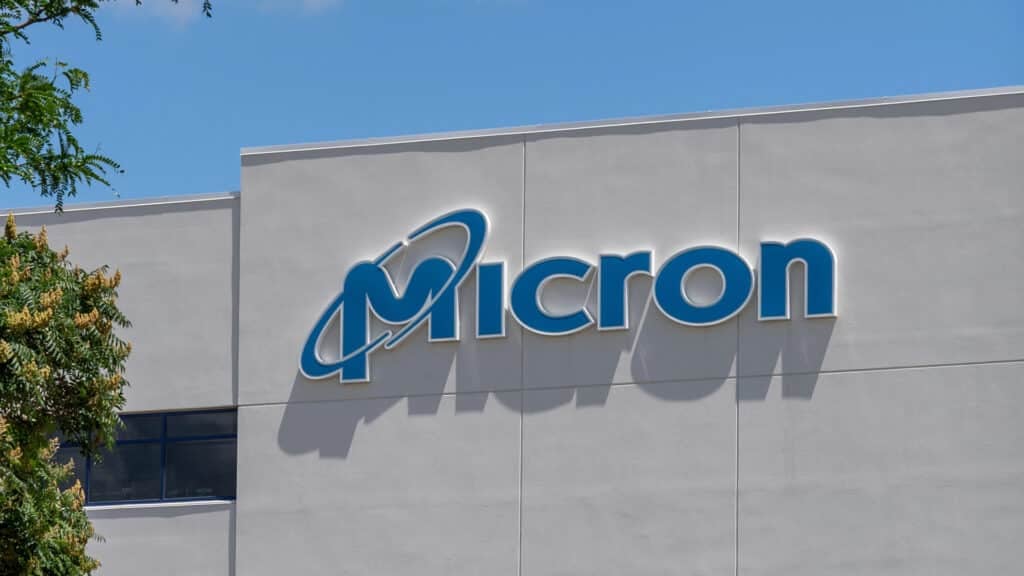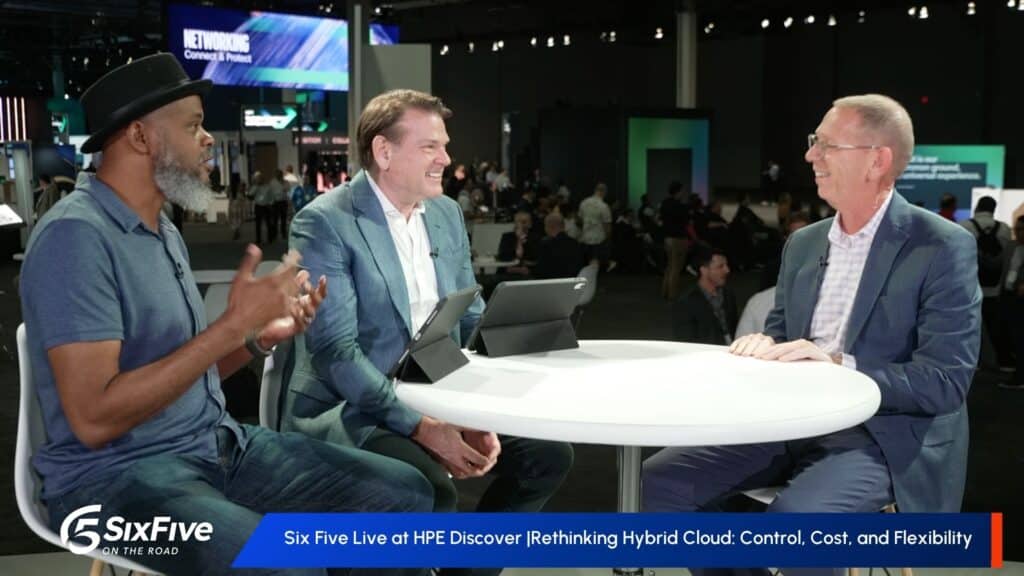The News: Payments and fintech company Fiserv recently announced that nearly 100 clients had committed to be part of FedNow, the Federal Reserve’s instant payment rail, and will go live via Fiserv in the coming months. At launch, multiple Fiserv clients, including Mediapolis Savings Bank and Salem Five Bank, went live on the service, which enables customers to offer real-time transactions, including payments, receipt of funds, and the ability to move money in real time.
Read the Press Release on Fiserv’s website.
Fiserv Announces Nearly 100 Client Commitments to FedNow Real-Time Transaction Service
Analyst Take: Fiserv recently announced it had signed on nearly 100 clients to be part of FedNow, the Federal Reserve’s instant payment service, highlighting two clients that have gone live upon launch, Mediapolis Saving Bank and Salem Five Bank. The launch of the new service, and Fiserv’s roles as a facilitator and point of access to it, will help financial services firms deliver real-time transaction support, a much-desired feature among businesses and consumers. Fiserv clients can connect to the FedNow Service via NOW Gateway or Payments Exchange from Fiserv.
The payments market – particularly the real-time transactions market – is growing rapidly and becoming more complex. By offering the ability to connect with multiple real-time payment options through a single integration with Fiserv, its customers are provided with an “easy button,” enabling them to connect to real-time payment providers more quickly and cost effectively than trying to so on their own, as well as eliminating the hassles of multiple separate integrations. Fiserv also says that as a major fintech provider, they are capable of staying abreast of new developments in the real-time transaction space and are able to ensure connectivity to real-time options that may emerge in the future.
Strong Demand for Real-Time Payment Networks and Services
According to Fiserv, there is strong interest among its financial institution clients for another real-time transaction infrastructure. RTP, from The Clearing House, is a real-time transaction infrastructure that was set up and is governed by a consortium of banks that has processed 58 billion transactions worth $29 billion during Q2 2023.
FedNow, on the other hand, is operated by the Federal Reserve, which allows for intelligent liquidity management, permitting banks to transfer funds between their FedNow account and their Federal Reserve master account.
The FedNow service launch will be a welcome addition to the marketplace, helping to ensure price competition with RTP, while providing additional infrastructure to allow financial institutions to support new use cases for real-time payments, refunds, or account transfers. Further, FedNow announced its $25 per month participation fee would be discounted to zero during 2023, to entice financial institutions to use the service.
Multiple Networks to Support Different Requirements and Use Cases
It is likely that financial institutions will use multiple real-time transaction networks, based on their needs and use cases. FedNow has set a lower transaction limit of $500,000, instead of RTP’s $1 million limit, and RTP can be used by a variety of other payment services.
For example, Zelle, the person-to-person payment service, can use RTP to settle transactions, and The Clearing House (TCH) has also has participated in cross-border initiatives such as Immediate Cross-Border Payments (IXB). RTP has also developed additional features for its members, incuding the ability to attach PDF or XML documents to payment requests, and support for account number tokenization.
Strong and Growing Volume of Real-Time Transactions
For fintech providers such as Fiserv, the expected strong growth in real-time transactions – ACI Worldwide projects $511.7 billion in real-time transaction volume by 2027 – will help to drive additional processing revenue over time, while also strengthening their client relationships by serving as a consolidated gateway between financial institutions and real-time transaction services.
In terms of pricing, both RTP and FedNow will charge $0.045 per credit transfer sent, which is far less expensive than traditional wire transfers (which can cost anywhere from $15 to $50). The advantages and transparent pricing structure of both services is a boon to commercial and consumer customers alike, and likely will benefit payment processors and fintech providers, which likely will see increasing transaction volumes.
Disclosure: The Futurum Group is a research and advisory firm that engages or has engaged in research, analysis, and advisory services with many technology companies, including those mentioned in this article. The author does not hold any equity positions with any company mentioned in this article.
Analysis and opinions expressed herein are specific to the analyst individually and data and other information that might have been provided for validation, not those of The Futurum Group as a whole.
Other insights from The Futurum Group:
Old School Financial Services Giants NCR and Fiserv Get Into Crypto
Author Information
Keith Kirkpatrick is Research Director, Enterprise Software & Digital Workflows for The Futurum Group. Keith has over 25 years of experience in research, marketing, and consulting-based fields.
He has authored in-depth reports and market forecast studies covering artificial intelligence, biometrics, data analytics, robotics, high performance computing, and quantum computing, with a specific focus on the use of these technologies within large enterprise organizations and SMBs. He has also established strong working relationships with the international technology vendor community and is a frequent speaker at industry conferences and events.
In his career as a financial and technology journalist he has written for national and trade publications, including BusinessWeek, CNBC.com, Investment Dealers’ Digest, The Red Herring, The Communications of the ACM, and Mobile Computing & Communications, among others.
He is a member of the Association of Independent Information Professionals (AIIP).
Keith holds dual Bachelor of Arts degrees in Magazine Journalism and Sociology from Syracuse University.





